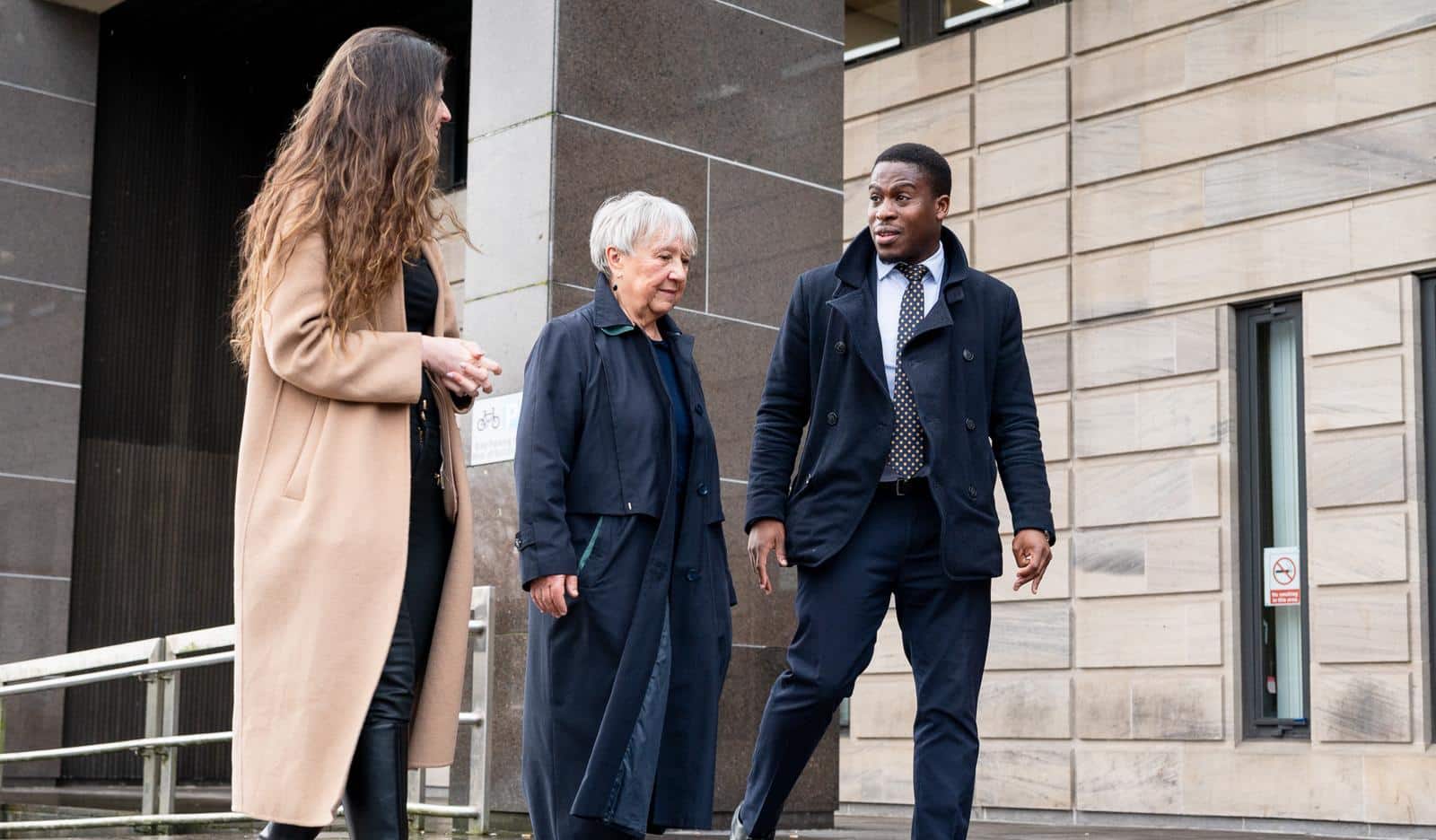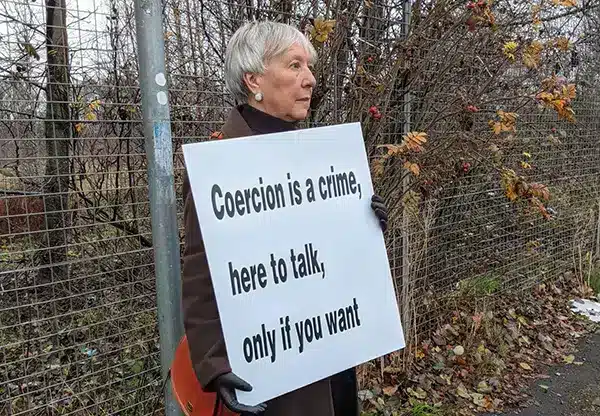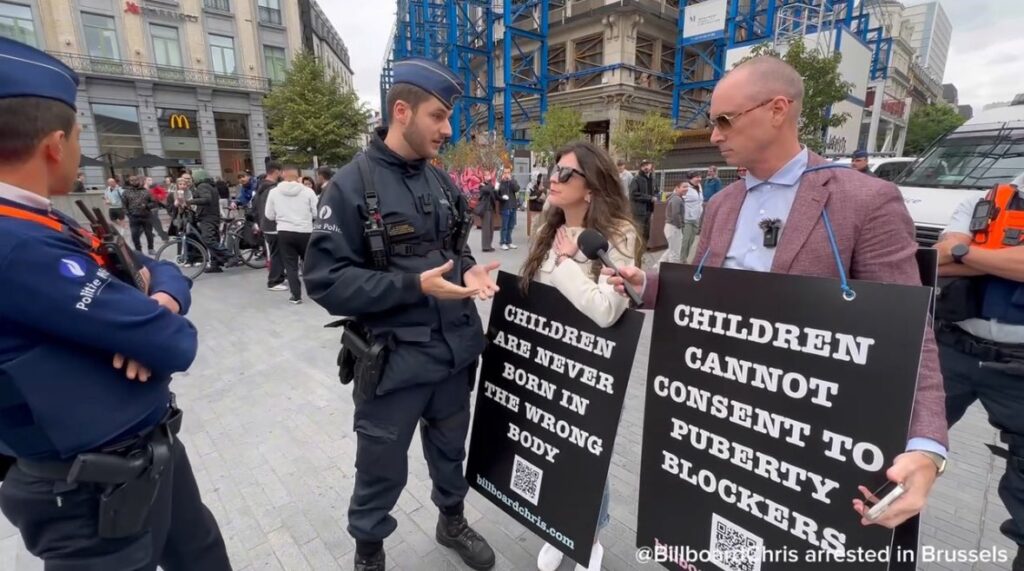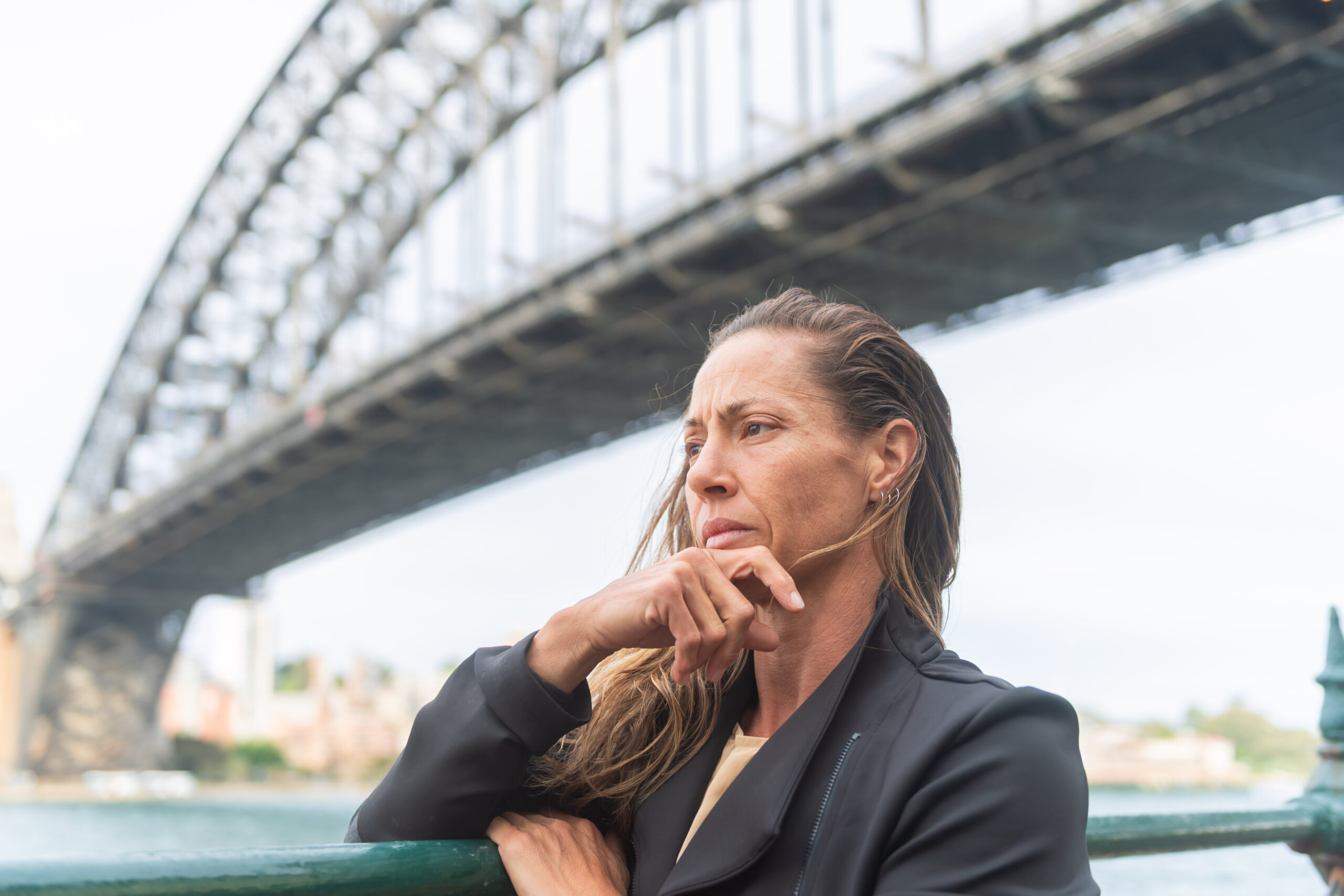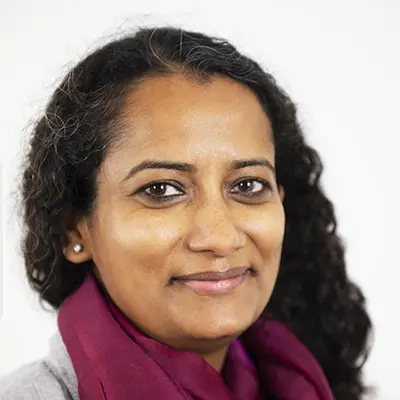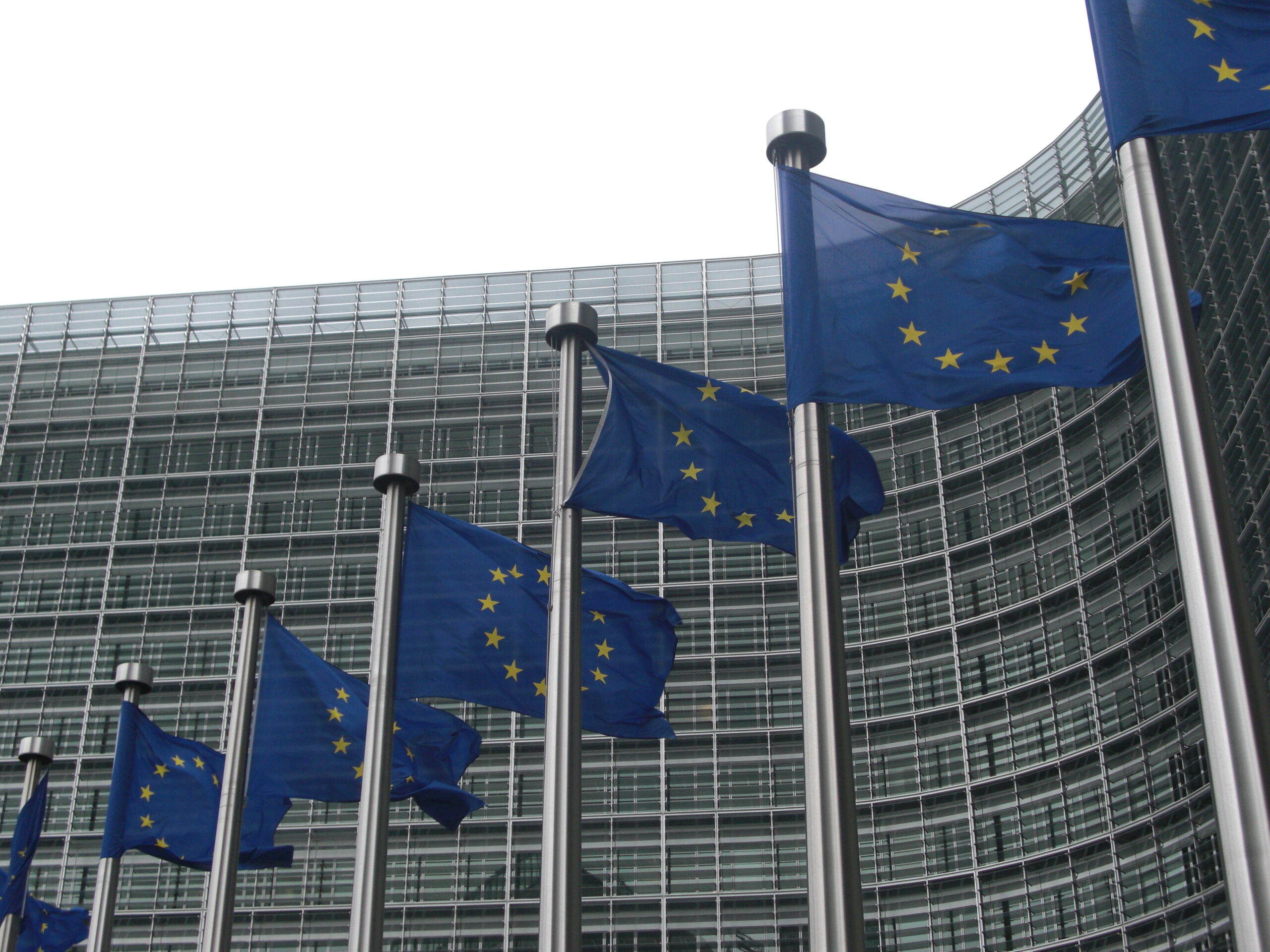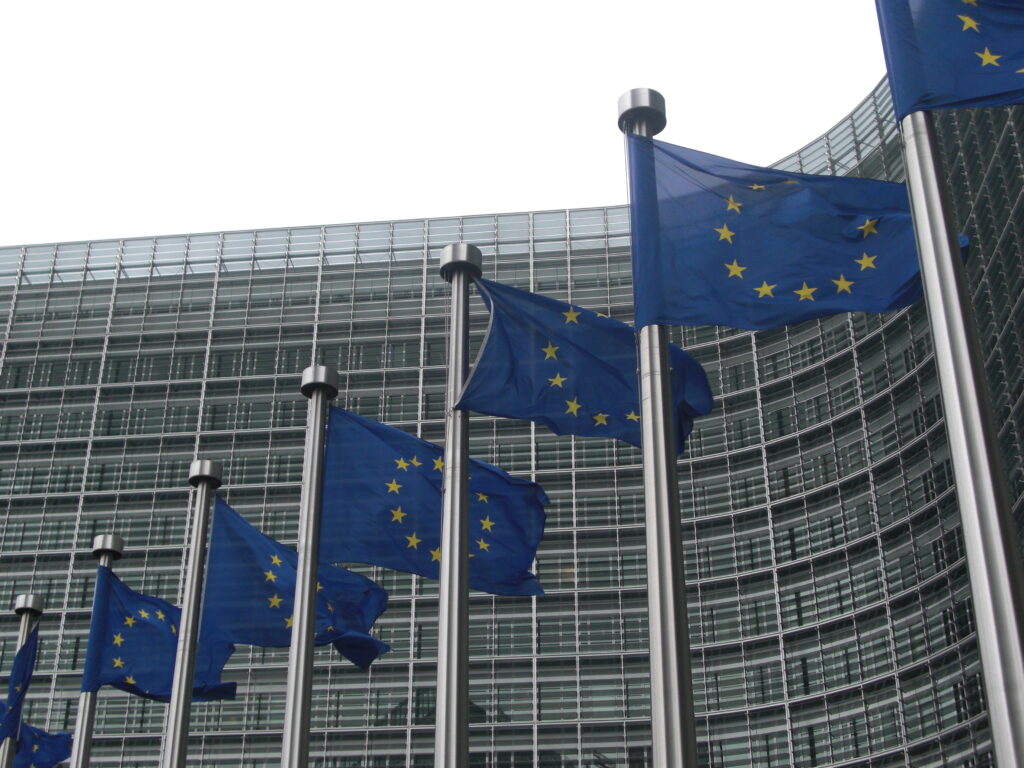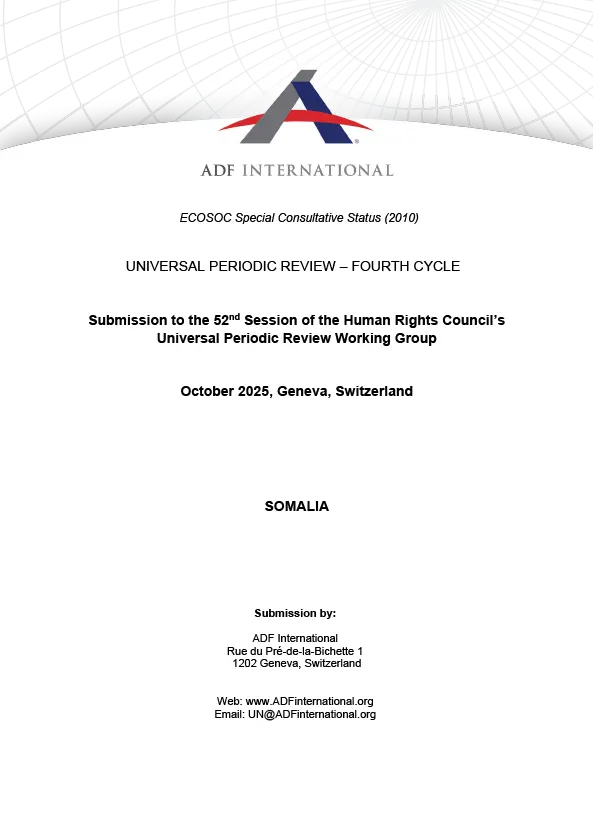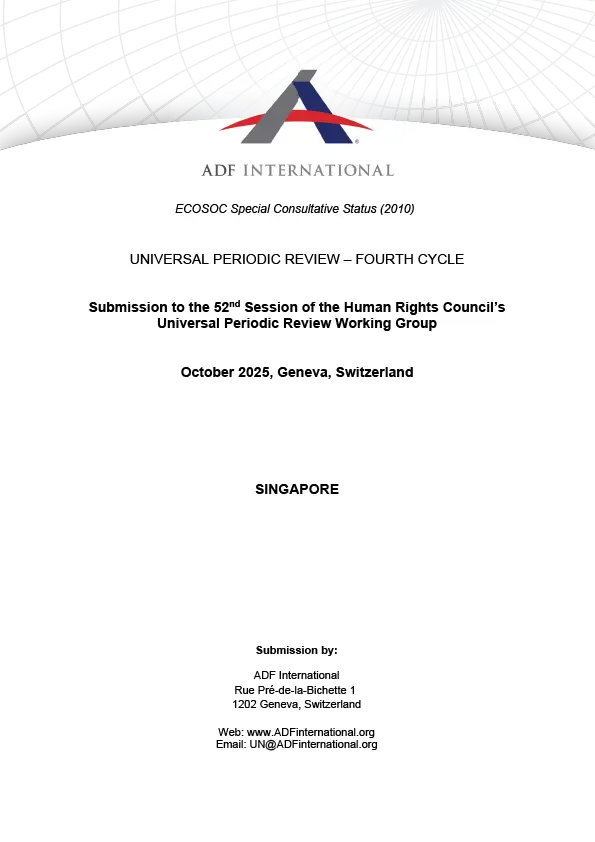- Christian grandmother Rose Docherty was arrested and criminally charged for holding a sign reading “Coercion is a crime, here to talk, only if you want” within 200m of a Glasgow hospital
- Prosecution back down on “disproportionate” bail conditions; two charges relate to alleged “influencing” within the censorial “buffer zone”
GLASGOW (19 December 2025) – Glaswegian grandmother Rose Docherty appeared in court, having been criminally charged for holding a sign within 200m of the Queen Elizabeth University Hospital, reading:
“Coercion is a crime, here to talk, only if you want.”
In Scotland, “buffer zones” are enforced within 200m of every hospital, forbidding harassment, intimidation, and “influencing” of anyone seeking to access abortion services.
“I should not be treated as a criminal for inviting people to chat with me – lending a listening ear."
- Rose Docherty
Docherty, 75, has been charged for “influencing” within the buffer zone, despite only having stood peacefully and silently offering consensual conversation and not having approached any individual, nor making any statement on abortion.
She is the first person to be charged under Scotland’s new “buffer zone” law, enacted in 2024.
After her arrest, Docherty was held in custody for several hours. She was refused a chair to sit on in her cell, despite making it known that she had a double hip replacement.
Following the hearing, Docherty said: “I can’t believe I am here today. I simply stood, in love and compassion, offering consensual conversation to anyone who wanted to engage.
Nobody should be criminalised just for offering a chat.
I’d like to thank my legal team, and all who came to be with me today, as well as all those others around the world who have voiced their support.
Conversation is not a crime on the streets of Glasgow.”
In a win for Rose’s liberty, the prosecution today rolled back bail conditions, previously described as “disproportionate” by ADF International, which had prevented Rose from attending an area far wider than the buffer zone itself.
The next hearing will take place on 13th January 2026.
A case of international concern
Following the arrest, which was seen on a viral video across the world, the U.S. State Department expressed concern:
“The arrest of Rose Docherty is another egregious example of the tyrannical suppression of free speech happening across Europe.
“When 75-year-old grandmothers are being arrested for standing peacefully and offering conversation, common sense and basic civility are under attack.
“The United States will always speak out against these violations of fundamental rights.”
Lois McLatchie Miller, Scottish Spokesperson for ADF International, said:
“It is not a crime to have a chat on the streets of Glasgow. Rose merely held a sign offering consensual conversations to other adults in the area. It’s deeply concerning that Scottish policing resources are being ploughed into arresting and prosecuting a peaceful grandmother offering to speak to people in public, rather than focusing on the problems caused by real crime in Glasgow.
“This is not a case about harassment, intimidation or violent protest – this is simply a peaceful grandmother, who held a sign offering to speak to anyone who would like to engage.”
The law’s architect, Gillian Mackay MSP, admitted on BBC Scotland earlier this year that the vague prohibitions in the buffer zones law could criminalise someone for praying visibly from a window in their home within the zone, “depending on who’s passing by the window.”
U.S. Vice President J.D. Vance highlighted this law as a particular matter for concern in his Munich Security Conference speech in February of this year.
Images for free use in print or online in relation to this story only



